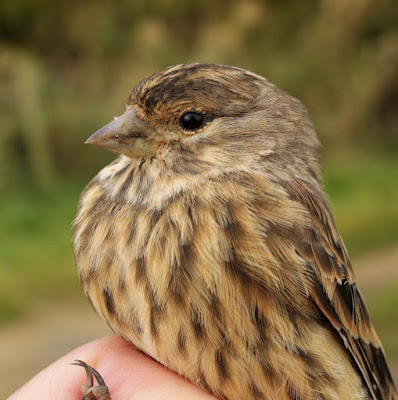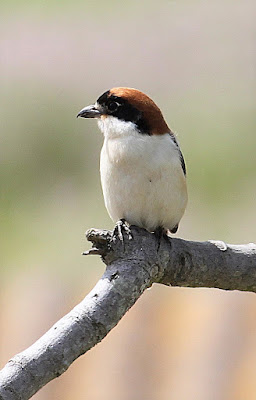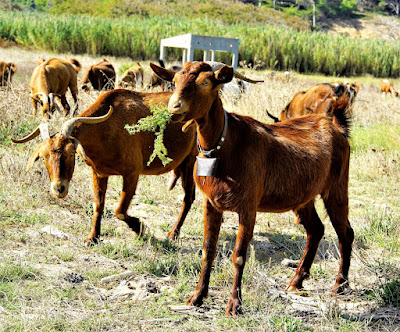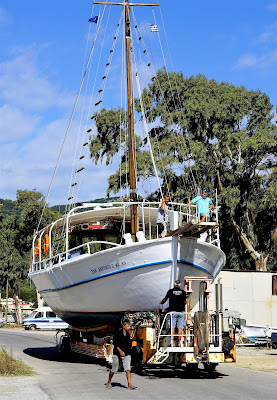It’s been raining and Hurricane Ian whacked us with his tail now he’s done with Florida. Fortunately there is a Plan B, a book review.
I was on holiday in Skiathos when the postman left me two books and a dilemma. Which book to review first? The Bird Name Book – “a marvellously illustrated A-to-Z compendium of bird names from around the globe”, or, In the Footsteps of Audubon – “an artist’s uniquely personal journey across Audubon’s America”.
I browsed both and then quickly opted for The Bird Name Book, an alphabetical reference on the origins and meanings of common group bird names, from “accentor” through to “zeledonia.”
The author of The Bird Name Book is Susan Myers a senior birding and nature guide at WINGS Birding Tours and the author of a number of books, including several field guides based upon her travels in South East Asia.
This book promised to engage me in the history of bird names, the how, why, when, where and how those names came about, together with the people and places that feature in familiar but also unfamiliar bird names from around the globe.
The Introduction explains the origin of scientific or generic names through the use of nine Latin “nyms”. Eponym (person or persons), morphonym (the morphological characteristics), toponym (the place), taxonym (other taxa), autochthonym (from other languages), bionym (habitat or environment), ergonym (behaviour), phagonym (diet) and phononym (vocal).
Birders are reminded that Latin remains the language most widely used in the West for scholarly and scientific purposes. With that basic knowledge of the toponym, bionym and ergonym most birders will already know the common name and the whereabouts of Troglodytes troglodytes?
It quickly became clear that The Bird Name Book is a superbly researched anthology, a delightful treasure trove of insightful entries. The Namers chapter beginning at Page 12 proved a particular and fascinating joy where a number of names familiar to birders crop up over and over eg. Bewick, Bonaparte, Blyth, Gould, Hume and Jordon. Lesser known ornithologists also feature - Androvandi (1522) who in 1547 opened the first natural history museum to the public, and Mark Catesby (1683-1749), now recognised as one of the first people to describe bird migration.

In view of the many important historical, sometimes antique references throughout this section and the following pages it was disappointing then that the author chose in Author’s Note to emphasise her modern day stance - “nearly all the people involved in the naming of birds are or were privileged, white or male”. This I felt to be unnecessary, crass, and wholly disrespectful to the families & descendants of early forerunners to ornithology discovery. These pioneers should be admired for a legacy that remains valid and indispensable for past, present and future ornithology.
Heading back into positive territory The Bird Name Book contains many outstanding photos by the author e.g. Ural Owls in Japan, Lapland Longspur in USA, and Crested Pigeon in Australia, just a few of my favourites from the very many beautiful bird portraits.
The historic prints reproduced in fine detail are equally stunning in the form of watercolours like the 1885 Alpine Accentor, Gould’s Fiery-tailed Awlbill of 1849, the Tchagras from Le Vaillant’s Oiseaux d’Afrique of 1799, or again, Gould’s stupendous Kookaburras of 1840. The information I have is that the book contains 200 colour photographs but I suspect that the illustrations alone and their associated four pages of reference notes must account for a similar number.
The main body of the book in pages 23-386 goes on to describe the etymological history of every common group bird name found in standardised English. Myers interlinks the stories behind the bird names with quotes from publications dating back to the 1400s, revealing the shared evolution of language and our relationships with birds, and cementing the names in the history of ornithological discovery.
The book's detailed and occasionally lengthy descriptions, a whole page for hummingbirds and cockatoos, is brain food for birders eager to discover every last detail about their obsession. In The Bird Name Book they will find much to delight, absorb , excite, inspire and motivate them.
The combination of superb photographs and historic illustrations makes for a highly readable and desirable book. With so much detailed information it’s a book to keep at hand for later referral and further reading when necessary rather than one to read in a single session.
As ever from Princeton this is a book produced to the highest standards of presentation and fit & finish, one which I highly recommend to readers of Another Bird Blog and to birders everywhere.
Due for publication in mid to late October it’s time to get your order in folks.
Price: $39.95 / £30.00
ISBN: 9780691235691
Published: Oct 25, 2022
Copyright: 2022
Pages: 416
Size: 6.13 x 9.25 in.
Illustrations: 200 colour photos.




.jpg)
















.JPG)


.JPG)







.JPG)















































